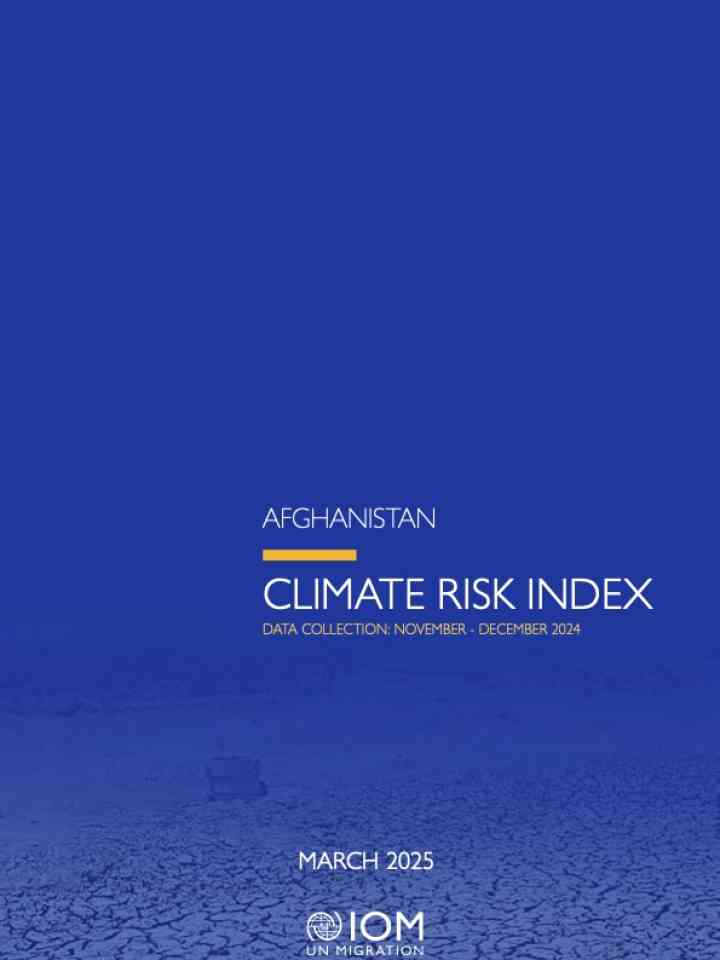Afghanistan: climate risk index data collection: November - December 2024
The Afghanistan Climate Risk Index is a tool to measure the risk of climate change and disasters to communities across Afghanistan.
Building off the multisectoral Afghanistan Climate Vulnerability Assessment,1 the tool draws on a selection of 11 indicators across three pillars:
- Exposure, which incorporates indicators on hazard frequency and intensity, exposed infrastructure and populations living in hazard-prone areas.
- Sensitivity, which comprises indicators expected to influence the impact of climate hazards on communities, including the functionality of critical infrastructure, road types and conditions, reliance on climate-sensitive livelihoods and mobility from the community as a result of climate-related impacts to livelihoods.
- Adaptive Capacity, which measures the proactive efforts which enable communities to prepare for and respond to environmental hazards. This includes adaptive capacity measures, adoption of coping strategies and access to basic services. Communities are ranked based on their overall risk scores and grouped into high-risk, medium-risk and low-risk categories. By analysing the indicators contributing to risk levels and identifying the most vulnerable geographic areas, the Climate Risk Index supports data-driven programme design and location selection. Data collection for this round of the Climate Risk Index took place between November and December 2024 across 62,917 communities in 401 districts in the 34 provinces of Afghanistan.
Explore further
